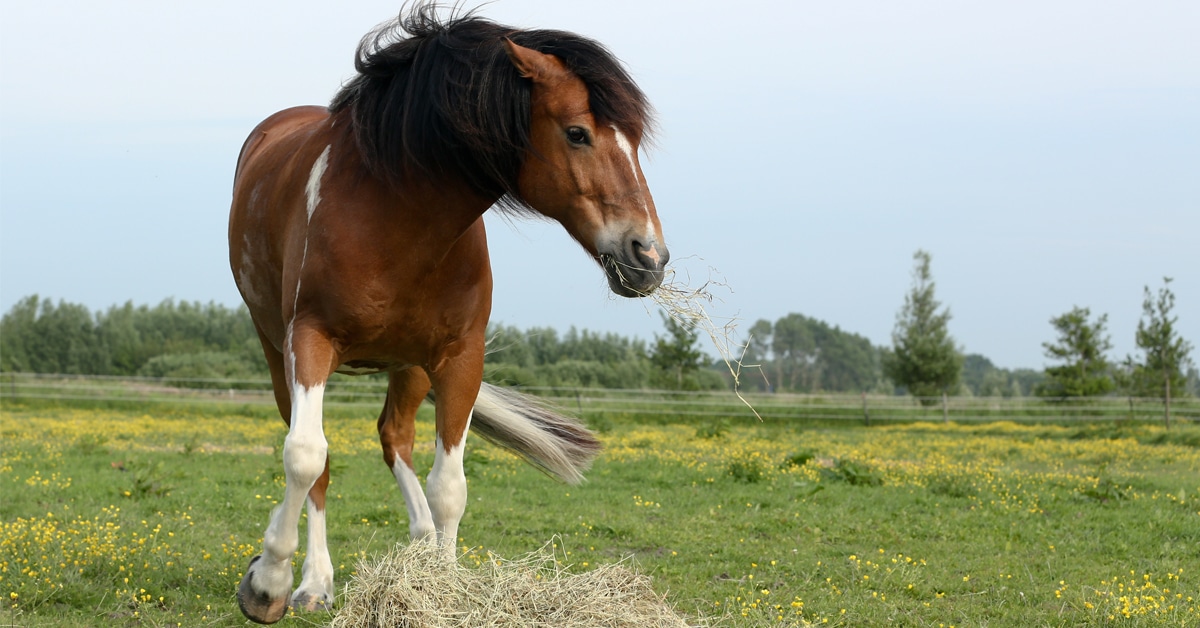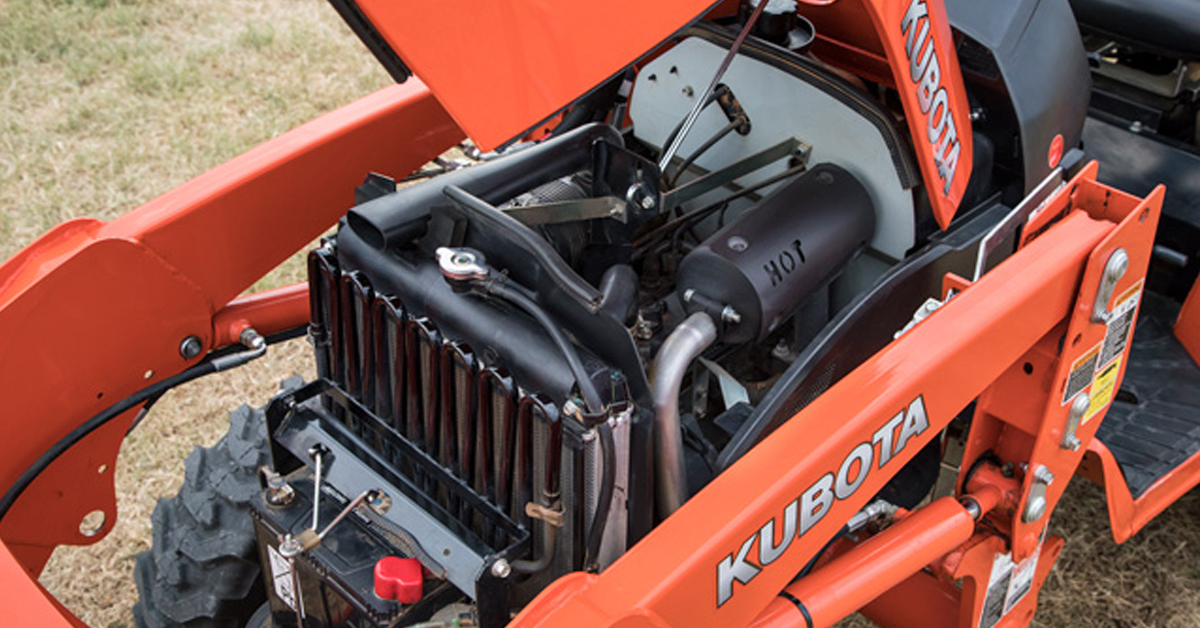Kubota tractors are known for dependability, durability and performance. Built with Kubota’s legendary reliability, they’re easy to operate, handle and maintain. But even tractors like these Kubota workhorses need ongoing maintenance and care to ensure they’re performing at their very best.
Regular preventative maintenance is the best approach to make sure you’re avoiding breakdowns and problems. To ensure the longevity and optimal performance of your Kubota tractor, regular maintenance is essential. Here are ten key tips courtesy of Stewart’s Equipment:
1. Check the Air Filter Regularly: A clean air filter is crucial for proper engine airflow and efficiency. Inspect it every 50 hours of operation, cleaning or replacing it as needed to prevent reduced engine efficiency and costly repairs.
2. Monitor and Change the Engine Oil: The engine oil is vital for your tractor’s health. Regularly check the oil level with the dipstick to ensure it’s within the recommended range. Change the engine oil and filter every 100 hours or according to your operator’s manual to reduce friction and wear.
3. Check and Clean the Radiator: Prevent overheating by regularly inspecting the radiator for debris like grass, dirt, or leaves that can restrict airflow. Use compressed air or water to gently clean the fins, especially during hot weather and frequent use. Regularly clean the radiator and its screens with compressed air to help the engine manage its heat.
4. Keep an Eye on Hydraulic Fluid Levels: The hydraulic system is central to your tractor’s power transmission. Check the hydraulic fluid level regularly and refill it when necessary to prevent reduced performance or system damage. Remember to change the hydraulic filter, typically every 200 to 400 hours of operation. Kubota hydraulic fluids provide excellent anti-foaming properties and have a high tolerance to water, smooth operation, and prevention of rust. Super UDT2 oil is a multi-purpose, all-weather type hydraulic oil that can be used for a variety of parts. It has a high break performance, keeps the transmission in good working condition, and its anti-wear property is excellent at protecting gears and bearings from wear and tear.
5. Check & Maintain the Battery: Avoid unexpected downtime by inspecting battery terminals for corrosion and cleaning them as needed. Ensure the battery is securely mounted and check the water level in the cells (if applicable). Replace the battery when it shows signs of weakening.
6. Check Belts, Hoses & Other Kubota Parts: Regularly inspect belts for cracks, wear, or signs of damage. Check hoses for leaks or soft spots that indicate age. Replace any damaged parts immediately to prevent larger problems. Check the engine regularly for possible damage or weak spots in hoses, tubes and belts.
7. Grease Moving Parts: Lubricate all moving joints, including loader arms, pivot points, and steering mechanisms. This critical, often overlooked, step reduces friction, prevents wear, and ensures smooth operation. Consult your manual for specific greasing points and intervals. Be sure to keep all grease points lubricated regularly. Kubota’s High Performance Multi-Purpose Grease offers superior rust and corrosion protection, and also provides excellent resistance to water washout and outstanding high temperature stability. For optimal performance, don’t mix grease formulations – if you do and they’re not compatible with each other, they won’t lubricate as they should.
8. Check Tire Pressure and Tread: Maintain proper tire pressure, inflating to the recommended level, to ensure traction, fuel efficiency, and stability. Regularly check tread depth for wear, as worn tires can reduce safety and performance, especially on uneven or wet terrain. Check tire pressure regularly. Use a tire sealant, like Kubota’s high-quality sealant, to seal tread-area punctures, rim and bead leaks, weather cracking and porosity leaks. Fixing a slow leak in the off-season or during a short period of downtime between hay cuts or in between wheat and soybean harvest will save time and stress later on in the season.
9. Replace Fuel Filters: Fuel filters prevent contaminants from entering the engine. Replace yours every 200 hours or sooner if you notice a drop in power, as clogged filters can reduce fuel flow and affect engine performance. Always use a genuine Kubota fuel filter.
10. Perform Seasonal Maintenance: Tailor your maintenance to the season. For winter, consider an engine block heater and ensure proper coolant mixture. In summer, focus on keeping the cooling system clean and oil levels optimal. Seasonal maintenance extends your Kubota’s lifespan and efficiency.
By following these maintenance tips, you can avoid unexpected breakdowns and ensure your Kubota tractor performs at its best. Regular inspection, cleaning, and servicing will lead to smoother operations and peace of mind. If you need any Kubota parts or tractor parts, please feel free to visit us.
Additionally, keep your tractor clean. Dust and mud can wreak havoc on your tractor’s exterior paint, leading to rust and body corrosion that can be costly to fix. Consider a coat of wax in the fall to give the paint additional protection. Keep track of performance and maintenance issues as you go. Taking a few minutes on a rainy day to fix a small problem – like an oil leak, for example – will avoid bigger, costlier issues down the road. Engines are the heart of Kubota equipment.
Keep your owner’s manual handy and follow its recommended service intervals for filter replacement, oil changes and other processes. Kubota-branded oil filters help ensure quality and performance with superior filtration efficiency. If you haven’t used your tractor for a while, check the engine for birds, rodents and other critters that might have gotten comfortable in there.
The Latest









